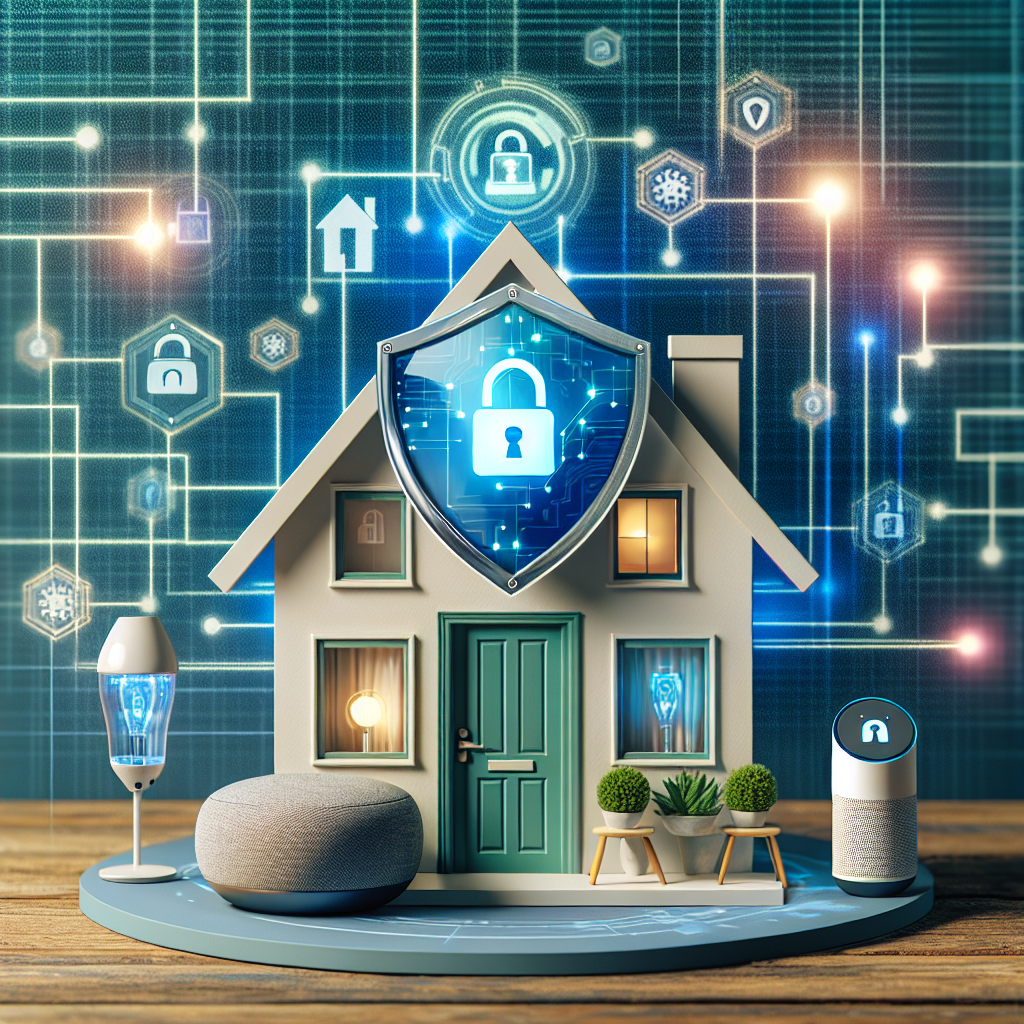When it comes to selling your home, the home inspection is a pivotal moment in the process. It’s a time when potential buyers scrutinize every aspect of your property to ensure they’re making a sound investment. However, certain issues can raise red flags during the inspection, potentially derailing the sale or leading to negotiation headaches. In this guide, we’ll explore some of the top inspection red flags and provide actionable tips on how to address or avoid them, ensuring a smoother selling experience for you as the seller.
1. Mold and Mildew
Mold and mildew are common issues that can send alarm bells ringing during a home inspection. To avoid these red flags, take proactive steps to address moisture issues in your home. Repair any leaks, improve ventilation in damp areas like basements and bathrooms, and consider investing in professional mold remediation if necessary.
2. Roof Damage
A damaged roof can be a major concern for buyers, as it can lead to costly repairs down the line. Before listing your home, have your roof inspected by a professional. Address any missing or damaged shingles, repair leaks, and ensure that the roof is in good condition. Providing documentation of recent roof repairs or replacements can also help alleviate concerns.
3. Electrical Problems
Electrical issues can pose serious safety hazards and are often flagged during home inspections. To avoid red flags in this area, have a licensed electrician inspect your home’s wiring and address any issues such as overloaded circuits, faulty outlets, or outdated electrical panels. Ensuring that your home’s electrical system is up to code can give buyers peace of mind.
4. Plumbing Concerns
Leaky faucets, damaged pipes, and outdated plumbing fixtures can all raise red flags during a home inspection. To avoid these issues, have a plumber inspect your home’s plumbing system and make any necessary repairs or upgrades. Addressing minor plumbing problems before listing your home can prevent them from becoming major headaches during the inspection process.
5. Structural Deficiencies
Structural issues such as foundation cracks, sagging floors, or bowing walls can be serious red flags for buyers. To avoid these concerns, have your home inspected by a structural engineer before listing. Address any structural deficiencies promptly, as these issues can significantly impact your home’s value and desirability.
Conclusion
While home inspections can be nerve-wracking for sellers, being proactive and addressing potential red flags beforehand can help mitigate concerns and ensure a smoother selling process. By addressing issues such as mold, roof damage, electrical problems, plumbing concerns, and structural deficiencies before listing your home, you can increase buyer confidence and maximize your chances of a successful sale. Remember, investing time and effort in preparing your home for inspection can pay off in the long run, leading to a faster sale and potentially higher offers.



